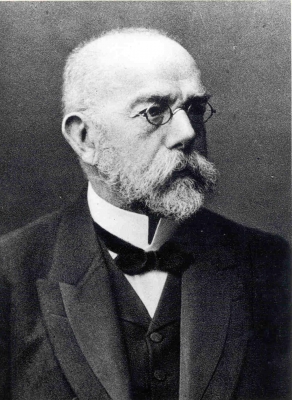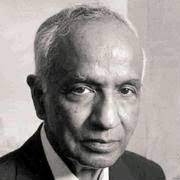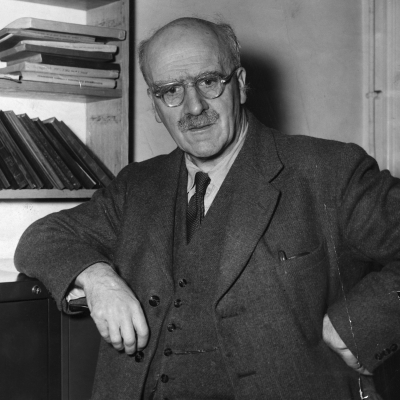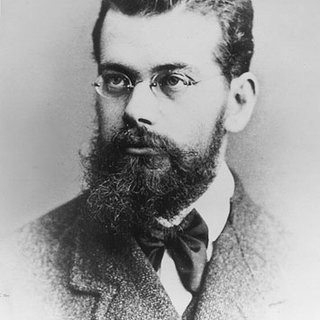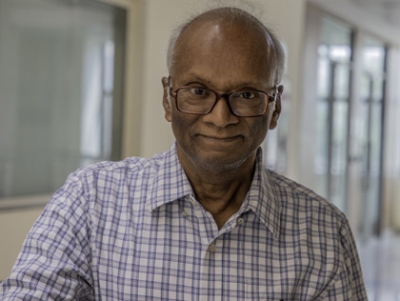Who was Fizeau and Foucault?
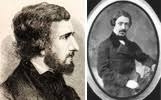
Foucault and Fizeau began working together in the late 1830s. They improved the photographic technique of the day, and used it to snap the first photo of the Sun. Working independently, the two scientists worked on measuring the speed of light.
The son of a physicist, physician, and professor of medicine, Fizeau was born in Paris in 1819. The fact that Fizeau's father left him a fortune meant that he was free to pursue his own interests, without having to worry about making a living. Even though he initially wished to be a physician like his father, he eventually focused on scientific research, choosing to study astronomy.
Foucault was born in the same year and in the same city as Fizeau. The son of a publisher, Foucault was a rather timid boy and enjoyed limited success academically. After receiving most of his education at home, he enrolled in medical school as his mother wanted him to become a doctor. That didn't last long, however, as the mere sight of blood freaked him and he dropped out.
What Foucault lacked through formal training, he made up with his dexterity, intuitive understanding of nature, and an ability to build gadgets. Once he left medical school, he set out on his new career by working as a lab assistant.
Common love for photography
Fizeau and Foucault came together through their interest in the Daguerre photographic process that had been recently invented. Even though photography was still in its infancy and its mainstream use in astronomy was still decades away, Fizeau and Foucault decided to turn their camera towards the sun.
While they came together for this project late in the 1830s, adapting the then existing photographic process to astronomy was no easy feat. It took them years, but on April 2, 1845, they succeeded in what they set out to do - capturing the sun in considerable detail. These images are the first surviving detailed daguerreotype photographs of the surface of the sun.
Terrestrial experiment
Fizeau's work with Foucault inspired him to attempt and calculate the speed of light, the value of which was neither known accurately, nor measured by means of a terrestrial experiment. Fizeau built an apparatus that placed a cogwheel and a mirror eight kilometres apart.
By sending pulses of light between them and rotating the cogwheel, Fizeau was able to observe how fast the beam of light travelled. He also observed obscured reflections when the light struck one of the cogs when the wheel was spinning very fast. By precisely measuring the times, speeds, and distances involved, Fizeau was able to calculate and arrive at the value of 3,13,300 kilometres per second for the speed of light.
Foucault replaced the cogwheel with a rotating mirror. This improved apparatus is now known as the Fizeau-Foucault Apparatus. When the mirror rotated, light was reflected at different angles, which could now be measured accurately. Foucault arrived at 2,99,796 kilometres per second for the speed of light.
Advances in technology went hand-in-hand with the work of hundreds of scientists who performed hundreds of experiments to arrive at the current speed of light's value. Defined to be 2,99,792.458 kilometres per second according to a 1983 declaration by the 17th General Congress on Weights and Measures, the speed of light is now one of the most well-established values in physics. It is measured so accurately that even the definition of metre is now a derived quantity from this. And it all started when Fizeau and Foucault decided to work together.
Picture Credit : Google
